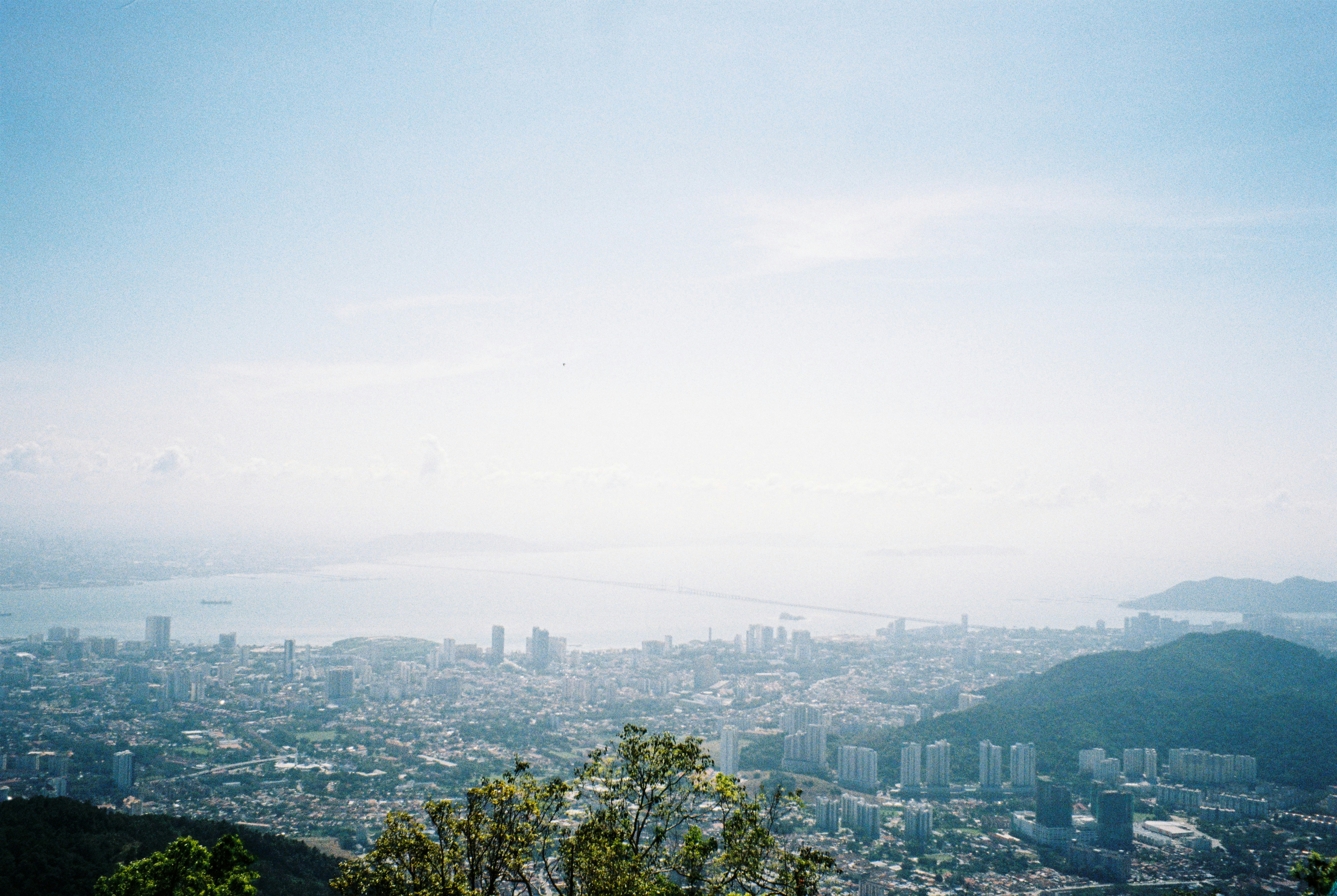Defining Penang Exceptionalism Through Its Geography, Its Biology and Its Human History
By Dato’ Dr. Ooi Kee Beng
June 2025 EDITORIAL
Dato’ Dr. Ooi Kee Beng

is the Executive Director of Penang Institute. His recent books include The Eurasian Core and its Edges: Dialogues with Wang Gungwu on the History of the World (ISEAS 2016). Homepage: wikibeng.com




